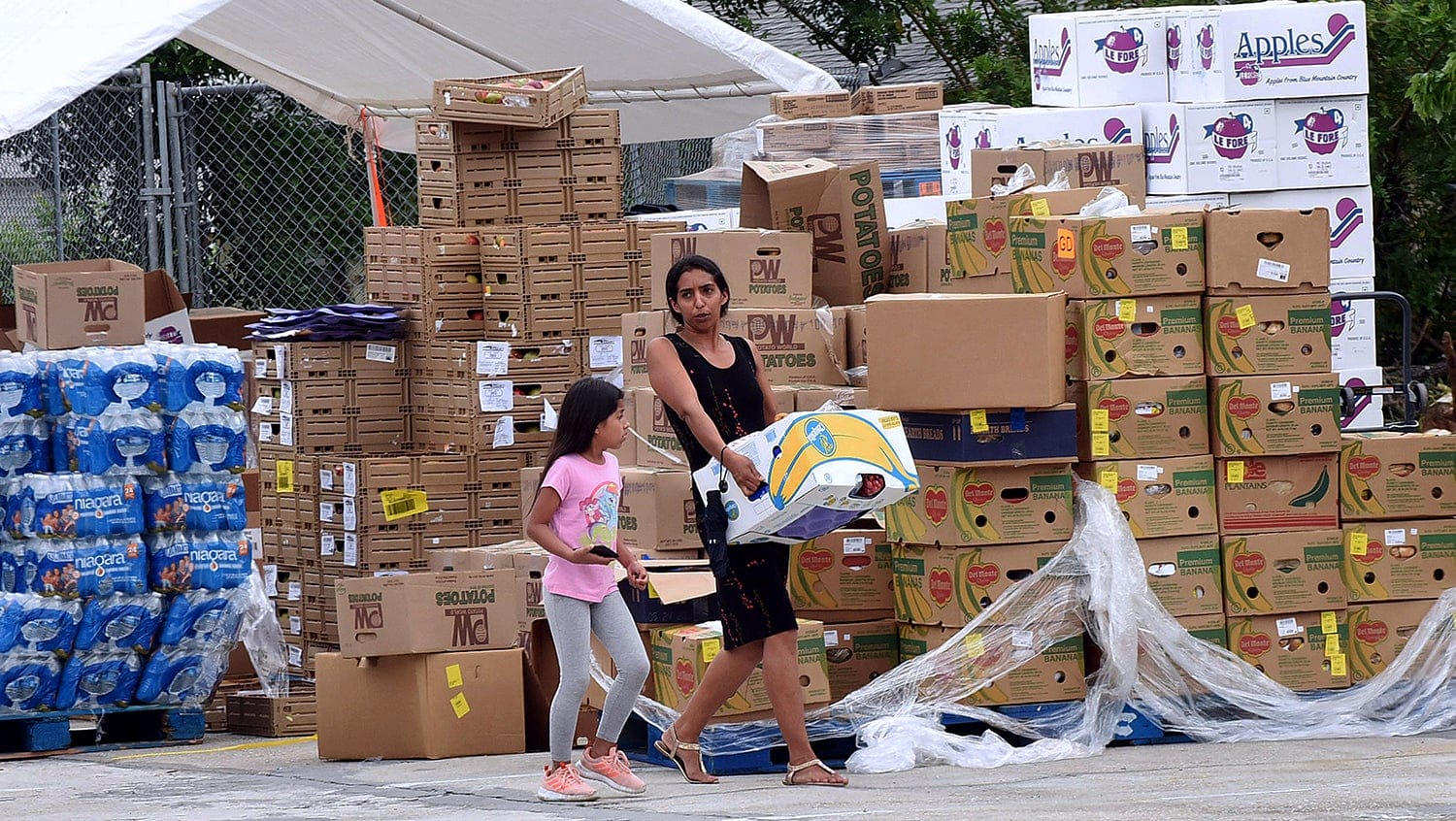Monthly Child Tax Credit Payments Linked to Decline in Food Insufficiency
March 1, 2022
By David Limm

NurPhoto, Getty Images
Temporary changes to the benefit softened the impact of economic hardship on low-income families, including harm to children's health, researchers say.
The Bottom Line
A temporary expansion of the Child Tax Credit (CTC) program effectively created a monthly child allowance that may have shielded low-income families with children from the impacts of economic hardship, such as hunger.
Context
The economic crisis resulting from the COVID-19 pandemic led to millions of job losses, mostly in low-income families. Disruptions to childcare constrained many parents’ ability to work, leading to lost income. Food insufficiency rose dramatically, and households with children were most affected. Food insufficiency is defined here as sometimes or often lacking access to enough food to eat within the last seven days. Though closely related, food insufficiency is more severe than food insecurity, which is an expansive measure used by the Department of Agriculture, covering a broader range of conditions and behaviors.
In March 2021, Congress passed President Biden’s $1.9 trillion American Rescue Plan Act, a pandemic-relief package that included a one-year expansion of the CTC. The expansion included:
- Broader income eligibility that included families with very low or no earned income;
- An increase in benefit amount, from $2,000 to $3,000 per child for children 6 to 17 and $3,600 for those 5 years old or younger; and
- Advance payments of up to $300 per child, sent on a monthly basis.
Prior studies conducted during the pandemic found that economic supports are associated with reductions in food insufficiency.
Study Objective
Assess whether the first monthly CTC payment made in July 2021 was associated with a change in food insufficiency among U.S. households with children.
The Details
This cross-sectional study analyzed 585,170 responses from the Household Pulse Survey, conducted between January 6 and August 2 by the U.S. Census Bureau. The sample was limited to respondents under 65 years of age to keep the focus on working-age adults with children. Those responses represented a weighted population of over 77 million households. Researchers analyzed data collected before and after the first CTC payment that was sent to families on July 15, 2021.
Findings
The first round of advance CTC payments made to families in July 2021 was associated with a 26% drop in food insufficiency in U.S. households with children.
The percentage of families experiencing food insufficiency declined more than twice as much among households with children than households without children after the first monthly payment. Among households with children, food insufficiency declined the most among Hispanic households (from 22% before the first payment to 12% after the payment) and declined the least among Black households (from 22% to 21%).
Pull Quote
“Structural racism has shaped disparities in food insufficiency, with children in Black and Hispanic households experiencing food insufficiency at almost triple the rate of children in White households as of June 2021. This indicator of material hardship is associated with harm to child development and health, higher health care costs, and nearly $170 billion annually in lost productivity, educational performance, and food aid.”
Shafer PR, Gutiérrez KM, Ettinger de Cuba S, Bovell-Ammon A, Raifman J (2022). “Association of the Implementation of Child Tax Credit Advance Payments With Food Insufficiency in US Households.” JAMA Network Open.
Share on Social
Subscribe to HealthCity’s Newsletter
HealthCity elevates the conversation around issues of equity in healthcare. | Sent biweekly.
© 2025 HealthCity. All rights reserved.


